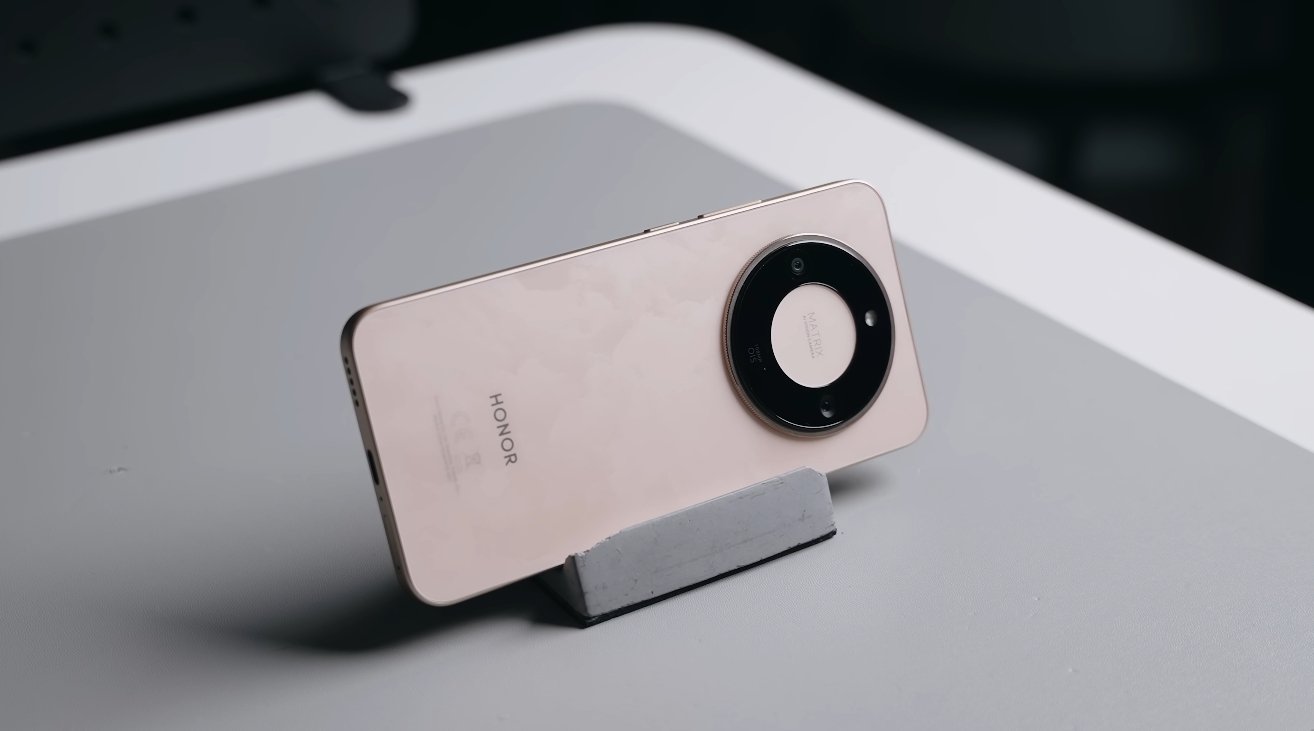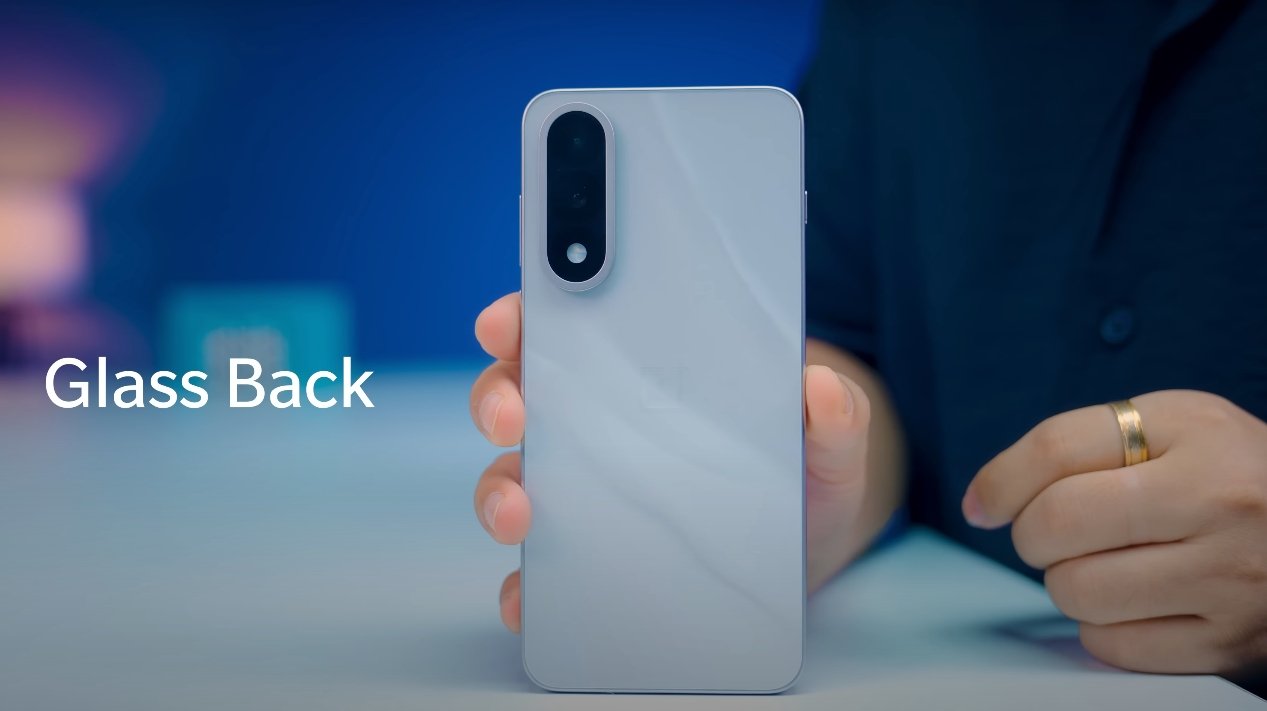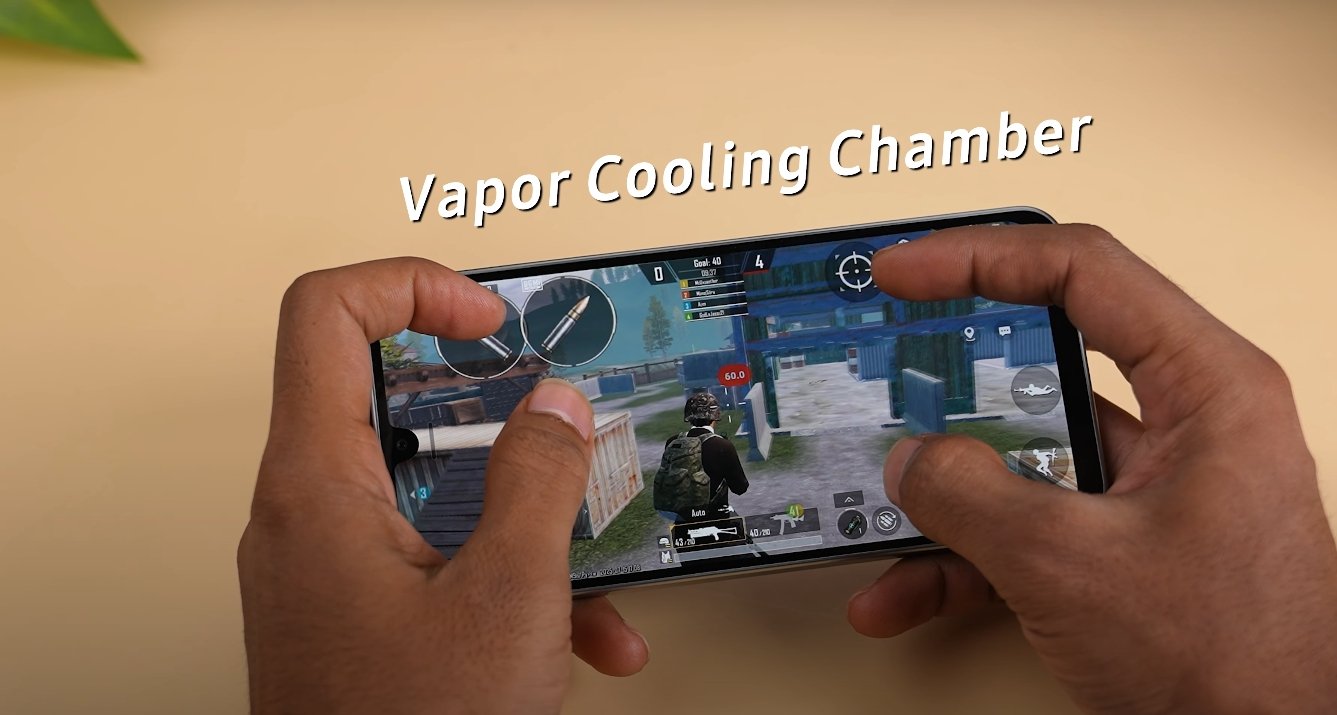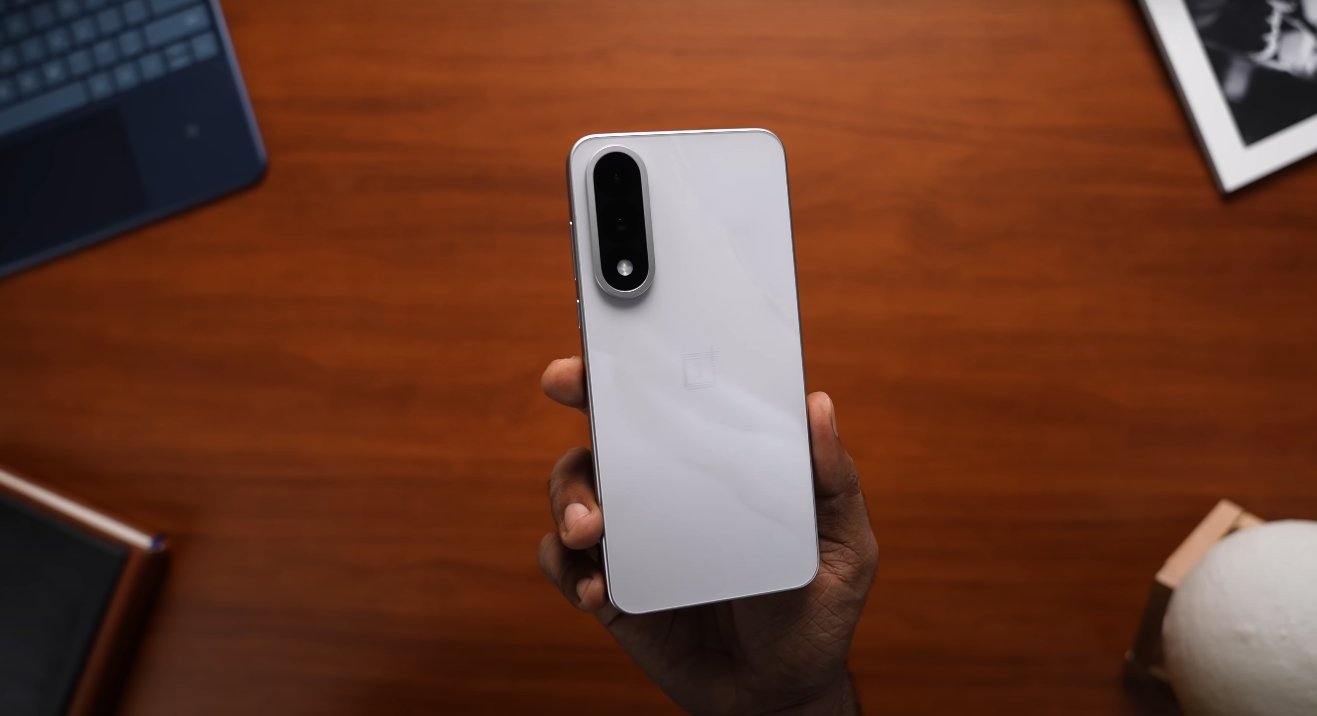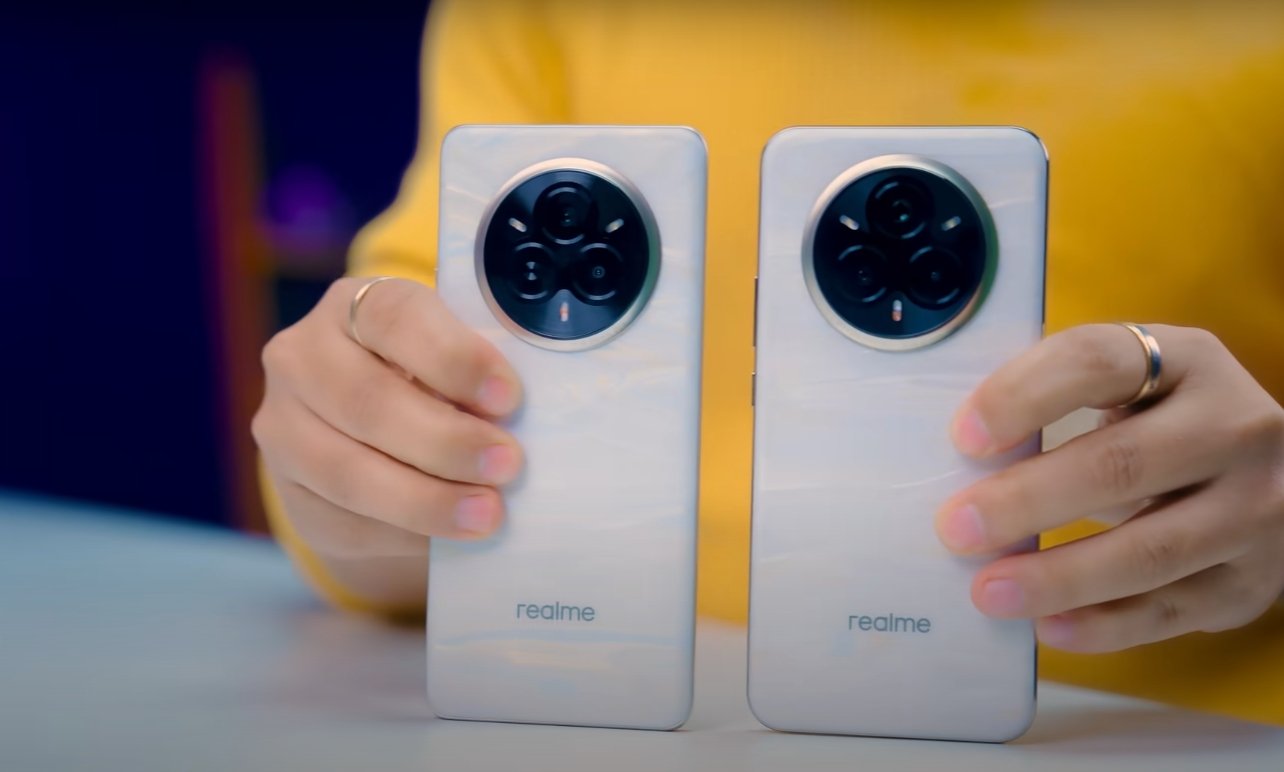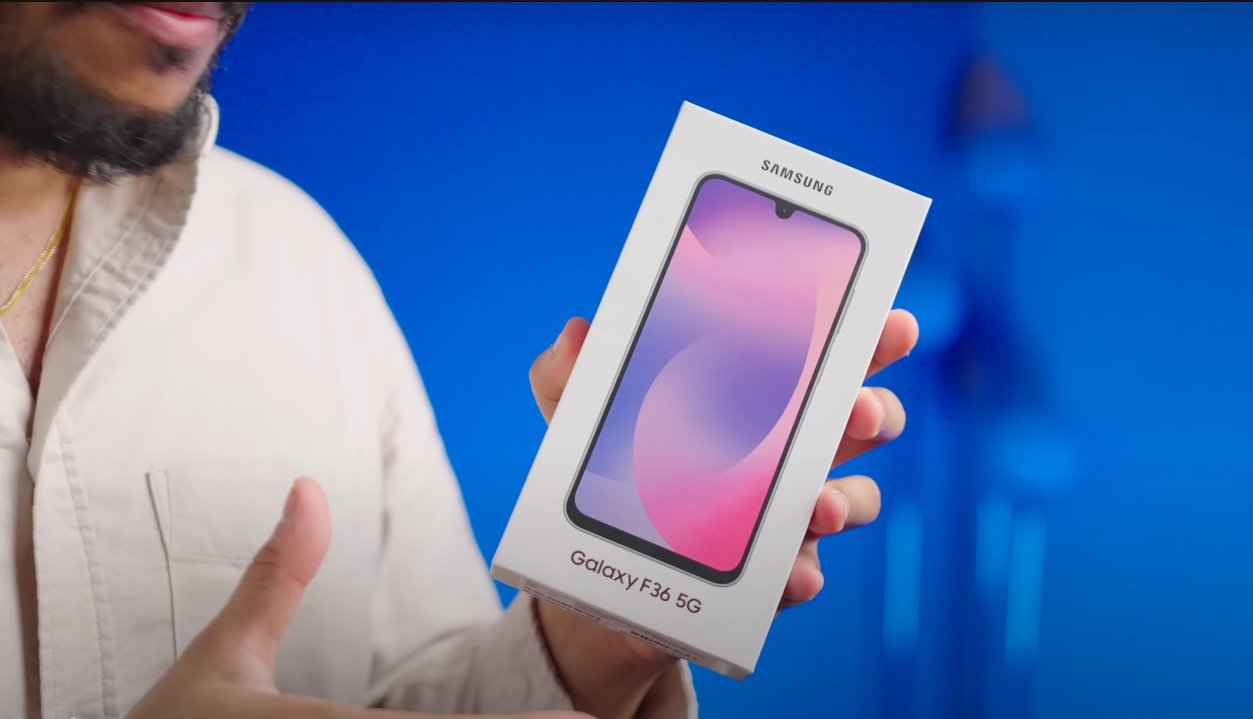Mid-Range Showdown: Honor X9d vs Redmi Note 14 Pro Performance Review
The mid-range smartphone market has become more competitive than ever, and two models that have recently drawn attention are the Honor X9d and the Redmi Note 14 Pro. Both aim to deliver flagship-like performance at an affordable price point, but after real-world testing, their differences become clear in performance, camera quality, display experience, and battery efficiency. Here’s how these two smartphones truly stack up outside of benchmark charts and lab tests.
The first impression of the Honor X9d immediately highlights its solid and rugged design. The phone features a curved AMOLED display with a high refresh rate that feels fluid and premium. On the other hand, the Redmi Note 14 Pro offers a more minimalist and slim design with a glass back and a metal frame that appeals to those who prefer elegance over durability. While both are comfortable to hold, the Honor X9d feels more substantial and resilient, clearly built to withstand tougher handling. The Note 14 Pro, however, stands out with its slightly lighter frame, making it easier for everyday single-hand use.
When it comes to display quality, both phones impress in their own way. The Honor X9d’s AMOLED panel delivers exceptional brightness and sharpness, making outdoor visibility excellent even under harsh sunlight. Its high refresh rate adds a buttery-smooth feel when scrolling through apps or playing games. Meanwhile, the Redmi Note 14 Pro offers a crisp display with Dolby Vision support, producing rich contrast and vibrant colors for media streaming. In real-world use, users watching Netflix or YouTube videos found the Note 14 Pro slightly more cinematic, while the Honor X9d felt brighter and more outdoor-friendly.
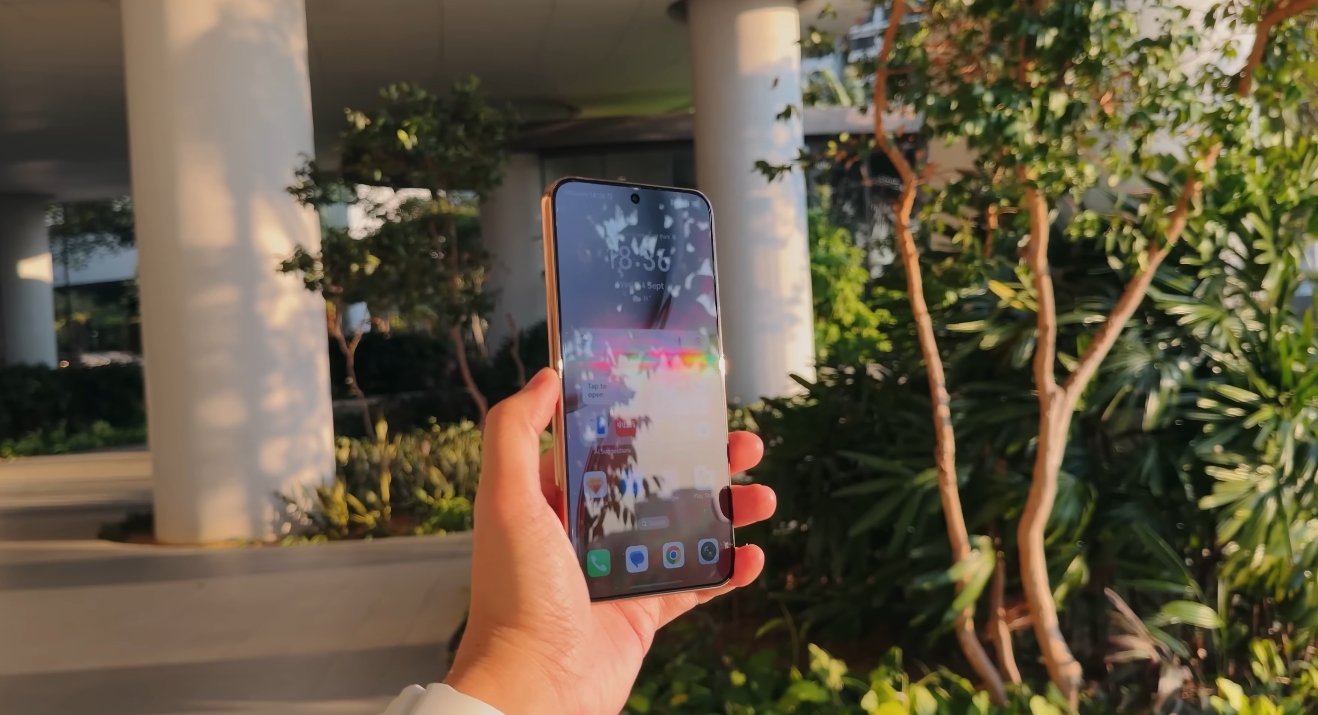
Performance testing under daily conditions revealed some interesting differences. The Honor X9d, powered by a Snapdragon processor, handled multitasking effortlessly. Switching between social media apps, editing photos, and running games like PUBG Mobile showed minimal lag. The Redmi Note 14 Pro, equipped with a MediaTek Dimensity chip, delivered solid gaming performance and smooth app transitions as well. However, during extended gaming sessions, the Note 14 Pro tended to warm up a bit faster than the X9d. In daily multitasking, both devices performed reliably, but the Honor X9d managed to stay cooler and more consistent during longer sessions, making it a better performer under sustained load.
Battery life is where the Honor X9d truly excels. Its massive battery easily lasts through a full day of heavy use, including gaming, video playback, and navigation. During testing, the phone managed to hold charge even after long hours of screen-on time, which is a rare feat in this segment. The Redmi Note 14 Pro also performed well, comfortably lasting a full day with moderate use, but under heavy usage it needed a quick recharge by late evening. The fast-charging speeds of both phones ensure users can get back to full power quickly, though the X9d’s larger battery gives it a noticeable endurance advantage.
Camera performance is another crucial area where both phones aim to deliver flagship-level results. The Honor X9d features a 108MP main sensor, which captures impressive detail in daylight. Its color accuracy and dynamic range are strong, especially for outdoor photography. Low-light shots are decent but show some softness around edges. The Redmi Note 14 Pro, with its 50MP sensor, produces balanced and natural-looking images. While it doesn’t match the X9d in raw detail, it performs better in handling shadows and highlights. For video recording, both perform well in 1080p, but stabilization is slightly smoother on the X9d. In real-world use, casual photographers may prefer the Note 14 Pro for its simplicity, while enthusiasts might lean toward the X9d for its flexibility and detail.
In terms of software, both devices provide smooth user experiences with their custom Android skins. Honor’s MagicOS feels refined with practical features, though slightly heavier. Redmi’s HyperOS runs lighter and offers better optimization for multitasking. Notifications, animations, and app transitions are responsive on both, though the Note 14 Pro feels slightly faster during fast app switching. Neither device showed major bugs or lag during extended use, and both are expected to receive regular software updates in the near future.
When comparing overall value, the Honor X9d’s durability, larger battery, and camera strength make it ideal for users who prioritize endurance and toughness. Meanwhile, the Redmi Note 14 Pro’s compact build, balanced performance, and refined interface appeal more to everyday users seeking a polished and consistent experience. Both phones provide exceptional value for their price brackets, proving how capable the mid-range category has become in 2025.
In conclusion, the Honor X9d dominates in battery performance and rugged design, while the Redmi Note 14 Pro wins in comfort and everyday usability. Both stand strong in real-world performance, but your ideal pick depends on lifestyle: if you need long-lasting endurance and durability, go for the X9d; if you value sleek design and smooth usability, the Note 14 Pro is your best bet. In this real-world test, there’s no absolute winner—just two solid smartphones built for different kinds of users.
Also Read: Honor X9d official specs confirm top-tier hardware
